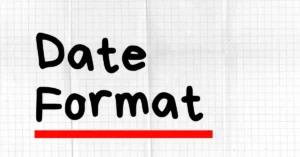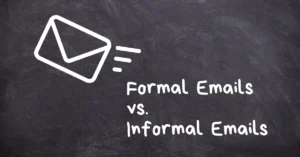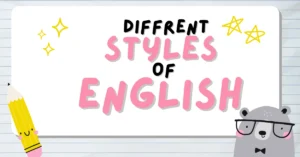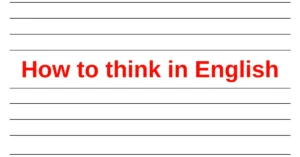In this lesson, you will learn the difference between formal and informal email writing. Knowing how to write in the right tone for the right audience is an essential skill for effective communication. Below, you will find examples of an informal email and a formal email, along with helpful explanations of the differences in their structure, tone, and language.
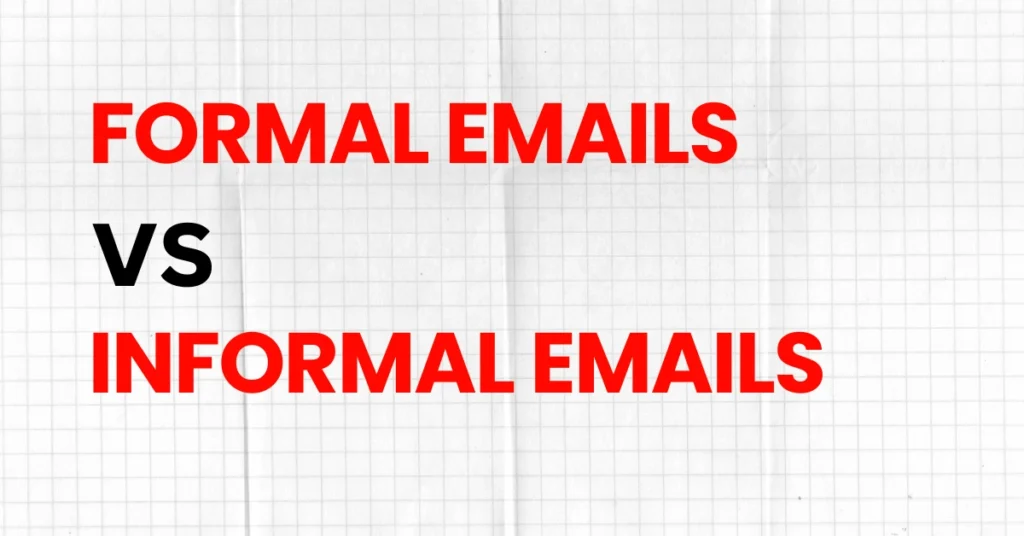
Informal Email
Hey Bob,
Just letting you know I can’t make our meeting tomorrow morning. I’ve got some things to take care of that I can’t put off. Hope that’s not a problem, mate.
See ya then,
David
Informal emails are used when writing to friends, family, or someone you have a casual relationship with. They have a relaxed tone and do not follow strict rules.
Key Features of Informal Emails
- No subject
- There is no need to include a subject in casual emails.
- Casual greeting and only a first name
- Example: “Hey Bob,”
- It’s okay to use just the first name in informal communication.
- Contraction
- Contractions like I can’t and I’ve got are common in informal writing.
- Vague language
- Example: “Some things to take care of”
- Informal emails often use less precise language.
- Familiar term
- Example: “mate”
- Friendly terms or nicknames are often used.
- Phrasal verb
- Example: “take care of”
- Phrasal verbs are frequently used in informal emails.
- Abbreviation
- Example: “See ya then”
- Shortened words or phrases add to the casual tone.
- First name
- Example: “David”
- Sign off with just your first name.
Also Read: How to Reply to “How Are You in Emails”
Formal Email
Dear Mr. Thompson,
I am writing to inform you that I will be unable to attend our meeting scheduled for tomorrow morning. Unfortunately, a situation has arisen that I need to address immediately.
I sincerely apologize for any inconvenience caused and hope this does not disrupt your plans.
Please let me know if we can reschedule the meeting at a later time.
Sincerely,
David Wills
Formal emails are used in professional or official settings. They follow a structured format, maintain a polite tone, and use professional language.
Key Features of Formal Emails
- Subject line
- Although not shown here, formal emails typically include a clear and concise subject line.
- Formal greeting with title and surname
- Example: “Dear Mr. Thompson,”
- Always include a title (Mr./Ms./Dr.) and the recipient’s surname.
- Conventional grammar
- Use complete sentences and avoid contractions.
- Example: “I am writing to inform you…”
- Relative pronouns included
- Example: “that I will be unable to…”
- Formal emails use precise and grammatically correct structures.
- Formal transitions
- Example: “Unfortunately”
- Transition words add clarity and structure to your message.
- Specific language
- Example: “A situation has arisen, and I need to take care of it.”
- Use clear, specific language instead of vague terms.
- Polite, deferential language
- Example: “I sincerely apologise and hope that this is not too great of an inconvenience for you.”
- Maintain a respectful and professional tone throughout.
- Formal sign-off
- Example: “Sincerely,”
- Use a polite and professional closing.
- Full name
- Example: “David Wills”
- Sign off with your full name.
Also Read: 9 Sentences That Are Too Casual for Formal Emails
Quick Tip
Always think about who your audience is before you write an email. For personal communication, an informal tone is perfect, but for professional or official purposes, always use a formal tone.
Explore More:
- Why Don’t You Try the Complete Roadmap to Learn English?
 We will explore practical and effective steps to help you achieve fluency in English. Whether you are …
We will explore practical and effective steps to help you achieve fluency in English. Whether you are … - Date Format in Written and Spoken English
 Date Format: Learning how to say the date in English is a key part of …
Date Format: Learning how to say the date in English is a key part of … - Difference Between Formal vs. Informal Emails
 In this lesson, you will learn the difference between formal and informal email writing. Knowing …
In this lesson, you will learn the difference between formal and informal email writing. Knowing … - 7 Different Styles of English
 Learning English is not just about vocabulary and grammar—it’s also about understanding how to express …
Learning English is not just about vocabulary and grammar—it’s also about understanding how to express … - 17 Step Roadmap – How to think in English
 How to think in English: Learning a new language can be both exciting and challenging. …
How to think in English: Learning a new language can be both exciting and challenging. …

